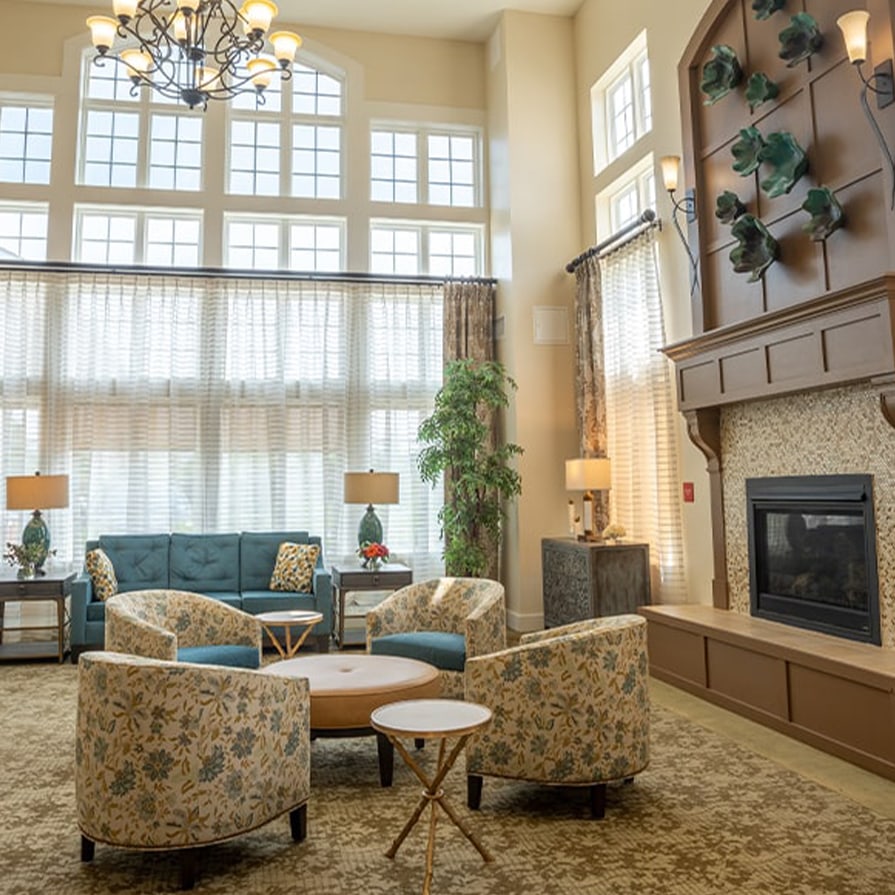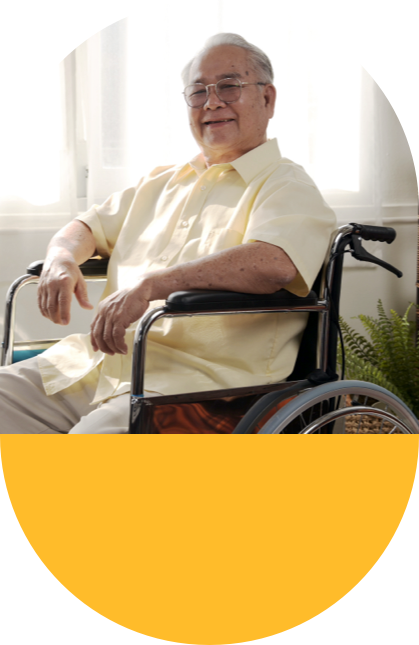Transitioning to a personal care home can be a significant life change, both for individuals and their families. Whether it’s for oneself or a loved one, this shift often comes with a mix of emotions, challenges, adjustments, and achievements.
However, with the right strategies in place, this transition can be smoother, more manageable, and more meaningful for everyone involved. Some key strategies to help navigate the adaptation to personal care homes include:
- Research and planning
- Open communication
- Personalization and familiarity
- A good support network
- Flexibility and patience
- Advocating for your loved one
Juniper offers a wide variety of programs and services to help residents feel at home in their personal care homes and throughout their community.
Research & Planning for a Personal Care Home
Before making the move, research different personal care homes in your area.
Consider factors such as location, amenities and services offered, staff-to-resident ratio, and reviews from current or past residents and their families. If you get the option to talk to current or past residents about their experiences in the personal care homes of interest, have a conversation and ask as many questions as you can.
Visit potential communities to get a feel for the environment and ask questions about daily routines, programs and events, meal options, medical care, security and safety measures, and any special accommodations.
Open Communication
Open communication is absolutely crucial when transitioning to a personal care home. It’s all about recognizing everyone involved in the process and sharing information with them.
Open communication also allows for broadening perspectives and reducing misunderstandings. It provides new information that can be critical to the resident’s health and well-being.
By establishing clear expectations through open communication with the resident and caregiver, you can increase resident satisfaction. This transparency helps families stay informed about their loved one’s condition, treatments, and progress.
Personalization & Familiarity
There are a couple of ways to help your loved one feel more at home in their new personal care home, including:
- Personalizing one’s living space with familiar belongings, photographs, and decorations to create a sense of home can help with a smoother and more comfortable transition, as well as help to create a sense of ownership and belonging.
- Establishing familiar routines and rituals to provide comfort and stability is also an excellent way to help older adults feel more at home in their new home.
- Encourage participation in events and socialization opportunities offered by the personal care home to foster a sense of community and belonging.
Support Network
Another way to promote a smooth adaptation to a personal care home is through your support network, including family, friends, and support groups, for emotional support and practical assistance.
Attending support group meetings or workshops specifically geared towards families transitioning to personal care homes is another way to gain insights and share experiences with others in similar situations. You may also want to consider seeking professional support, such as counseling or therapy, to help cope with the emotional aspects of the transition.
Flexibility & Patience
It is important to understand that adjusting to a personal care home takes time and patience. Make sure to be flexible and open to changes in routines and expectations as your loved one settles into their new environment.
This is a time to practice patience and empathy, especially during moments of frustration or confusion.
Advocate for Your Loved One
As your loved one transitions into a personal care home, you must step in as their advocate. Advocacy involves looking out for their best interests and ensuring their wishes are met.
Older adults often require additional assistance from skilled therapists in various disciplines to improve their quality of life. By advocating for your loved one, you can make sure that they get the help they need.
It is vital to stay informed about your loved one’s rights and entitlements as a resident of a personal care home and advocate for them when necessary. Communicate any concerns or requests regarding their care and well-being to the staff and administration of the personal care home.
Nurturing a Smooth Transition to Personal Care Homes
Transitioning to a personal care home is often an unfamiliar process that may also bring about unexpected experiences and emotions. With the right strategies in place, it can also be a smooth and positive experience!
By researching and planning, maintaining open communication, personalizing the living space, building a support network, practicing flexibility and patience, and advocating for your loved one, you can help make sure of a successful adaptation to their new home. Remember, each person’s journey is unique, so be kind to yourself and your loved one as you navigate this transition together. It is important to understand that you are not alone either. Juniper is here as the helping hand many need during this transition. Reach out to us today to find the right community for your loved one.











